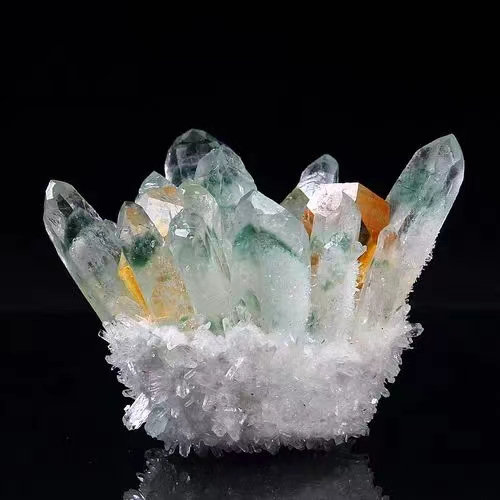

The Allure of White Reflective Glass A Contemporary Design Element
In the realm of modern architecture and interior design, materials play a critical role in shaping the aesthetic and functional aspects of a space. Among various materials that have gained prominence in recent years, white reflective glass stands out due to its unique properties and versatility. This architectural wonder not only enhances visual appeal but also contributes significantly to sustainability, making it a favored choice among architects and designers alike.
Aesthetic Appeal
White reflective glass is characterized by its glossy surface that reflects light beautifully. This property allows it to create an illusion of spaciousness and luminosity within a room. Whether used in residential homes, commercial spaces, or public buildings, reflective glass adds a touch of elegance and sophistication. Its sleek, modern finish can complement various design styles, from minimalist to luxurious, making it an adaptable choice for any project.
The reflective nature of this glass allows designers to play with light in innovative ways. By strategically placing white reflective glass in windows, facades, or interior partitions, designers can maximize natural light, reducing the need for artificial lighting during the day. This not only elevates the overall ambiance of the space but also contributes to energy efficiency, aligning with sustainable design practices.
Enhanced Durability
Besides its aesthetic qualities, white reflective glass is known for its durability and safety. Constructed from high-quality tempered glass, it withstands environmental pressures such as temperature fluctuations and severe weather conditions. This resilience makes it suitable for various applications—including facades and skylights—where it must endure the elements while maintaining beauty and integrity.
Moreover, the reflective surface is easier to clean than traditional opaque materials, motivating architects to utilize it in high-traffic areas where maintenance can be challenging. Its ability to resist scratches and stains ensures that it retains its pristine appearance over time, making it a practical, long-term investment for any building.

Environmental Advantages
In today's eco-conscious world, the demand for sustainable building materials is at an all-time high. White reflective glass meets this modern need by significantly contributing to energy efficiency. The reflective coating of the glass minimizes heat absorption, reducing the reliance on air conditioning in hotter climates. This can lead to substantial energy savings and lower utility bills, making it an environmentally friendly choice.
Additionally, the use of reflective glass can significantly enhance a building's performance in terms of thermal insulation. When employed in conjunction with other energy-efficient materials, it creates a building envelope that helps to regulate indoor temperatures, maximizing comfort for occupants while minimizing energy consumption.
Innovative Applications
White reflective glass is not limited to traditional uses; innovative architects and designers are pushing boundaries by incorporating it in unexpected ways. From stunning glass staircases that reflect light throughout a space to artistic wall installations that transform the ambiance of a room, the possibilities are virtually limitless. Its reflective qualities can be harnessed to create striking visual effects and dynamic environments, evoking emotion and engagement from those who encounter it.
In outdoor settings, reflective glass can be used in landscape architecture to create visually engaging installations. Water features, art sculptures, and even furniture can utilize this material, offering a contemporary touch that blurs the line between nature and design.
Conclusion
White reflective glass stands as a testament to the fusion of beauty and functionality in modern design. Its ability to enhance aesthetic appeal while promoting sustainability makes it an invaluable material for architects and interior designers. As the world moves towards greener and more innovative solutions in the built environment, the prominence of white reflective glass will undoubtedly continue to rise, shaping the architecture of tomorrow. Its versatility, durability, and energy-saving properties not only contribute to its appeal but also reflect a growing commitment to sustainable design practices in our ever-evolving urban landscape.